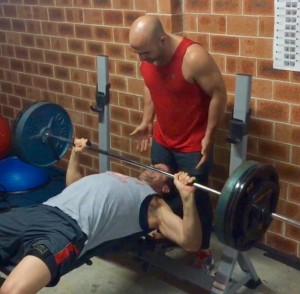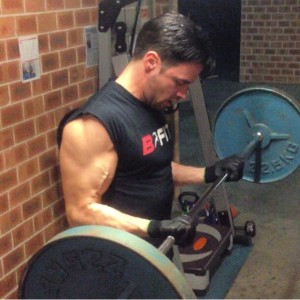Partial reps confer a substantial mechanical advantage as you are able to handle considerably heavier weights. Training with heavier weights through your strongest range of motion means that there will be a far greater degree of overload experienced by the muscles being exercised. Overload is an important variable in terms of increasing muscle strength and size. Without significant overload, there is no reason for our bodies to trigger the adaptation response that makes our muscles bigger and stronger. (Read my article on How Muscles Get Bigger & Stronger for more information on the importance of overload and the adaptation response.) That being said, the ability over time to move heavier weight will trigger the adaptation response and muscles will get larger and stronger as a result. Ligaments and tendons will also become stronger, further increasing the potential for increased strength. Another important argument for the use of partial reps is its relevance in what is known as the carryover effect. Execution of full range of motion on almost all conventional weight lifting exercises does not resemble everyday activities or those relevant to athletic and sporting activities. Consider the punch of the boxer or the swing of a baseball bat- all movements that are far closer to a partial movement than a full a range of motion exercise that you would ordinarily see in the gym. In everyday activities we usually act with our arms almost fully extended and since partial reps are more specific to these real world activities there should be more of a carryover effect in terms of enhancing performance of these movements.
Brunos FITness
B Fit with Bruno


